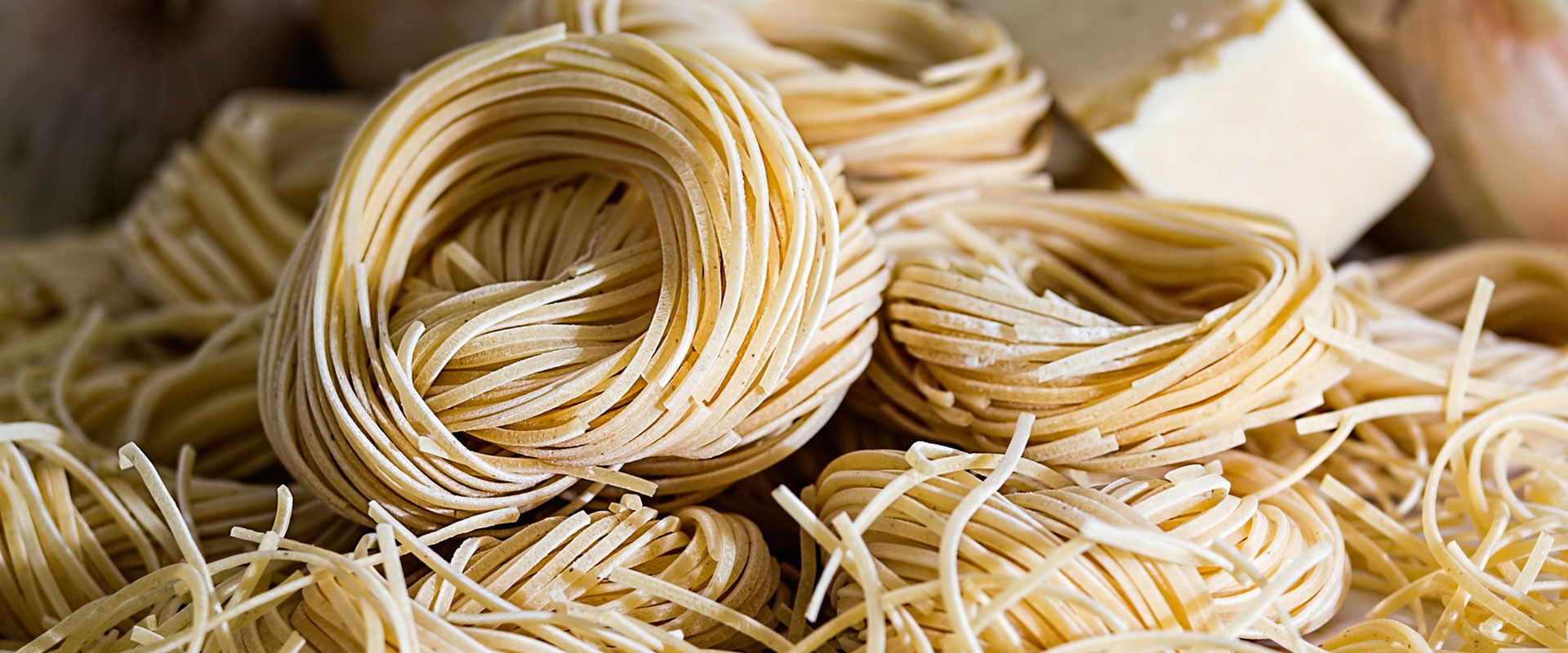
CARBOHYDRATES
Saccharides (carbohydrates, carbohydrates or carbohydrates) are organic compounds with mixed function, which have both carbonyl groups (aldehyde or ketone) and hydroxyl groups (hydroxyl). In most cases, the ratio of the number of hydrogen and oxygen atoms is 2: 1.
The name saccharin comes from the Greek σάκχαρον (sákkharon), which means sugar. Although the terminology of saccharides is complex, the names of monosaccharides and disaccharides often end with the suffix -one. For example, grape carbohydrate is glucose, sugar is sucrose, and milk carbohydrate is lactose.
TYPES
The class of saccharides is divided into three groups:
- monosaccharides - these are the simplest form of carbohydrates that can no longer be hydrolyzed. They are aldehydes or ketones with two or more hydroxyl groups. They have the general formula of (CH 2 O) n. Examples: mannose, ribose, deoxyribose, arabiosis, glucose, fructose, galactose, xylose
- oligosaccharides - carbohydrates that produce two to ten smaller units or monosaccharides when hydrolyzed.
- disaccharides: an additional classification of oligosaccharides, they give two units of identical or different monosaccharides on hydrolysis. Sucrose (glucose + fructose). Lactose (galactose + glucose). For example, sucrose from hydrolysis gives a molecule of glucose and fructose, while hydrolysis maltose gives two glucose molecules. Maltose, trehalose, sorbitol, manitol.
- trizaccharides: carbohydrates that, upon hydrolysis, give three molecules of monosaccharides, the same or different. An example is a raffinose.
- polysaccharides - they give a large number of monosaccharides when hydrolyzed. These carbohydrates have no sweet taste and are also known as non-sugars. Some common examples are starch, glycogen.
ROLES IN THE BODY
Carbohydrates play various roles in living organisms, both in animals and plants:
- backup or energy storage substances (such as starch and glycogen)
|
FOOD |
Glycemic index (glucose = 100) |
|
HIGH-CARBOHYDRATE FOODS |
|
|
White wheat bread* |
75 ± 2 |
|
Whole wheat/whole meal bread |
74 ± 2 |
|
Specialty grain bread |
53 ± 2 |
|
Unleavened wheat bread |
70 ± 5 |
|
Wheat roti |
62 ± 3 |
|
Chapatti |
52 ± 4 |
|
Corn tortilla |
46 ± 4 |
|
White rice, boiled* |
73 ± 4 |
|
Brown rice, boiled |
68 ± 4 |
|
Barley |
28 ± 2 |
|
Sweet corn |
52 ± 5 |
|
Spaghetti, white |
49 ± 2 |
|
Spaghetti, whole meal |
48 ± 5 |
|
Rice noodles† |
53 ± 7 |
|
Udon noodles |
55 ± 7 |
|
Couscous† |
65 ± 4 |
|
BREAKFAST CEREALS |
|
|
Cornflakes |
81 ± 6 |
|
Wheat flake biscuits |
69 ± 2 |
|
Porridge, rolled oats |
55 ± 2 |
|
Instant oat porridge |
79 ± 3 |
|
Rice porridge/congee |
78 ± 9 |
|
Millet porridge |
67 ± 5 |
|
Muesli |
57 ± 2 |
|
FRUIT AND FRUIT PRODUCTS |
|
|
Apple, raw† |
36 ± 2 |
|
Orange, raw† |
43 ± 3 |
|
Banana, raw† |
51 ± 3 |
|
Pineapple, raw |
59 ± 8 |
|
Mango, raw† |
51 ± 5 |
|
Watermelon, raw |
76 ± 4 |
|
Dates, raw |
42 ± 4 |
|
Peaches, canned† |
43 ± 5 |
|
Strawberry jam/jelly |
49 ± 3 |
|
Apple juice |
41 ± 2 |
|
Orange juice |
50 ± 2 |
|
VEGETABLES |
|
|
Potato, boiled |
78 ± 4 |
|
Potato, instant mash |
87 ± 3 |
|
Potato, french fries |
63 ± 5 |
|
Carrots, boiled |
39 ± 4 |
|
Sweet potato, boiled |
63 ± 6 |
|
Pumpkin, boiled |
64 ± 7 |
|
Plantain/green banana |
55 ± 6 |
|
Taro, boiled |
53 ± 2 |
|
Vegetable soup |
48 ± 5 |
|
DAIRY PRODUCTS AND ALTERNATIVES |
|
|
Milk, full fat |
39 ± 3 |
|
Milk, skim |
37 ± 4 |
|
Ice cream |
51 ± 3 |
|
Yogurt, fruit |
41 ± 2 |
|
Soy milk |
34 ± 4 |
|
Rice milk |
86 ± 7 |
|
LEGUMES |
|
|
Chickpeas |
28 ± 9 |
|
Kidney beans |
24 ± 4 |
|
Lentils |
32 ± 5 |
|
Soya beans |
16 ± 1 |
|
SNACK PRODUCTS |
|
|
Chocolate |
40 ± 3 |
|
Popcorn |
65 ± 5 |
|
Potato crisps |
56 ± 3 |
|
Soft drink/soda |
59 ± 3 |
|
Rice crackers/crisps |
87 ± 2 |
|
SUGARS |
|
|
Fructose |
15 ± 4 |
|
Sucrose |
65 ± 4 |
|
Glucose |
103 ± 3 |
|
Honey |
61 ± 3 |